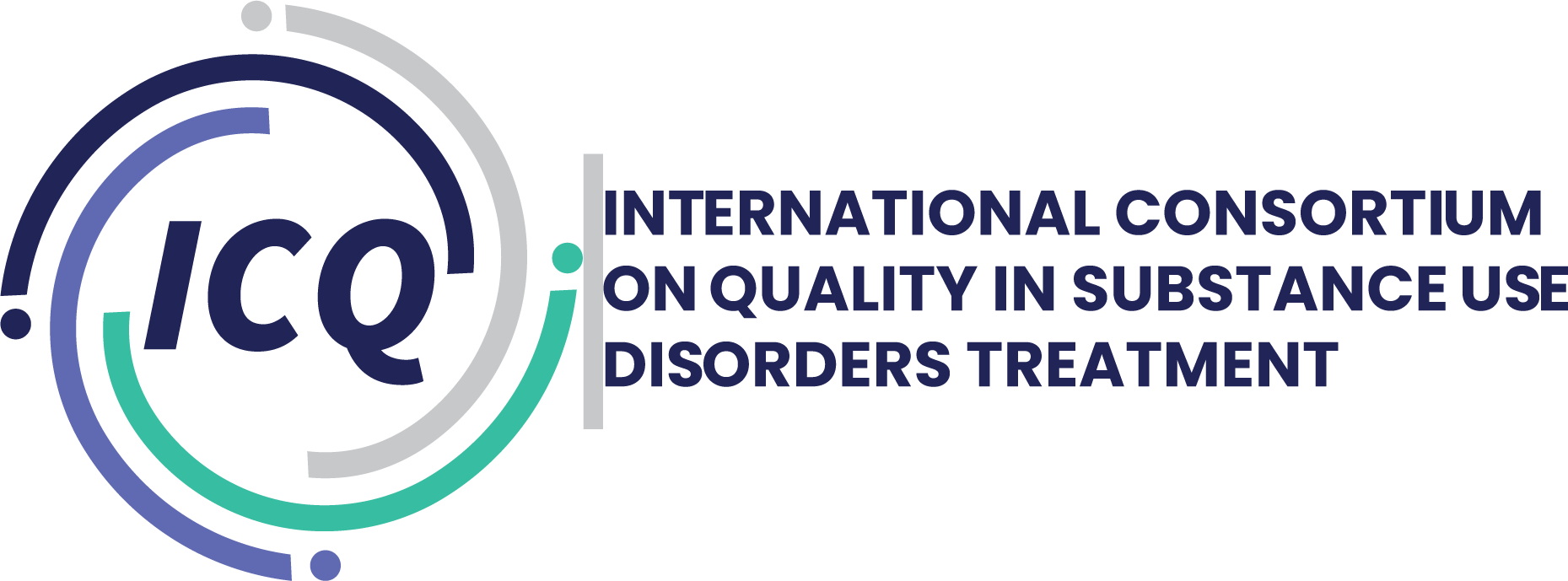Applying interventions designed to reduce and manage the symptoms of substance use disorders.
Treatment
2020 Collaborative Perspectives On Addiction Meeting
The Collaborative Perspectives on Addiction (CPA) annual conference provides scientific programing on cutting-edge research and clinical advances across the
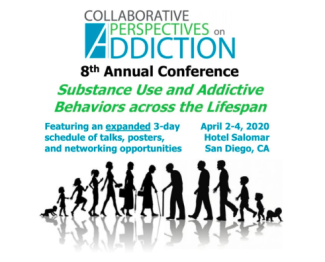
New INL Drug Demand Reduction Video for Recovery Month
Liver Cancer Summit 2020
The program will feature state of the art lectures on updated key aspects of HCC and CCA by renowned experts and rising stars covering a broad spectrum of topics.
Panel discussion with experts will open a discussion on the new directions and avenues for research and clinical practice.
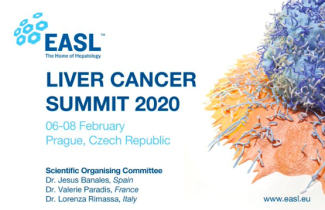
The 24th Managing Drug and Alcohol Problems in Primary Care Conference
The 24th Managing Drug and Alcohol Problems in Primary Care Conference 2020 will take place on Thursday 30 & Friday 31st January 2020 at RCGP HQ, 30 Euston Square, London.

The 41st Annual Society for Mental Health Research (SMHR) Conference
It is the Society for Mental Health Research's pleasure to invite you to Melbourne, Victoria for the 41st Annual Society for Mental Health Research (SMHR) Conference, which will be held at the RACV City Club in Melbourne.
The Conference will run from 27 to 29 November 2019. There will be a number of exciting workshops offered at locations around Melbourne.
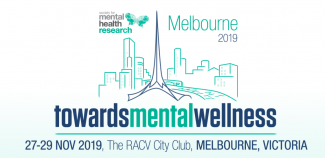
Smoking Cessation Intervention for People with Severe Mental Illness

NHS Substance Misuse Provider Alliance Conference
The NHS Substance Misuse Providers Alliance invite you to join us for our 2019 conference at Sheffield Hallam University on 9th September 2019.

Food and Addiction
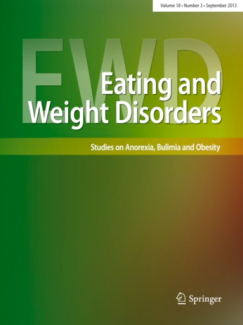
The Importance of Trauma Informed Support for People Using Substances
Dr Karen Bailey, Jude Kelman (lead psychologist for HMPPS women's estate) & Kirsty Tate (Learning and Development Lead for the Nelson Trust will lead the next Substance Use and Associated Behaviours (SUAB) seminar focussing on:

